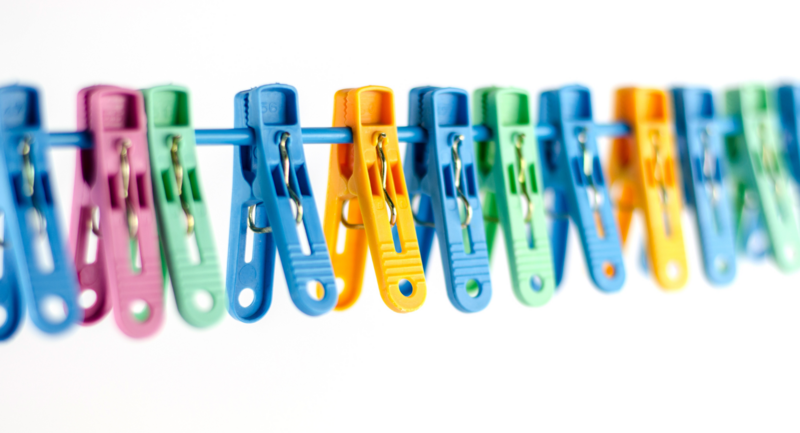Character-based classroom management (CBCM) sustains a proactively created positive environment so students can engage in meaningful academic learning, and it also aims to enhance student social and moral growth. Putting this into practice means that effective classroom managers: develop caring, supportive relationships with and among students; organize and implement instruction in ways that optimize students’ access to learning; use group management methods that encourage student engagement with academic tasks; promote the development of social emotional learning (self-awareness skills, social skills, self-regulation, responsible decision making, building healthy relationships); and use appropriate interventions to assist students who have behavior problems. Based on the emotional intelligence research and work from Daniel Goleman, the following quote, “A growing number of students are failing in a core subject needed for successful living: solid character,” is a urgent call for action to use Social Emotional Learning Practices in our school communities.
Develop Caring, Supportive Relationships
Whether it’s Maslow Hierarchy of Needs, Rigor-Relevance-Relationships, or Marzano, all effective instructional programs stress the importance of dedicating time to building relationships, creating a safe classroom for learning, and/or getting to know your learners.
These are a few strategies to build relationships:
- Greet the students at the door with a friendly smile, make eye contact, give them a handshake, use their names and mention something positive about them;
- Acknowledge students’ feelings. If you notice they are upset or angry, just say, “I see you are upset” or “I understand you are angry. I don’t have time to talk now, but we can talk later;”
- Give students jobs. Anything you are presently doing that the students can do, let them do it. It shows that you trust them and know they are capable of contributing to the class in meaningful ways; and give students choices- giving students choices, you empower them, meet their basic need for control, let them know you trust their decisions and will hold them accountable for those decisions.
Brains in Pain Can’t Learn
Explicitly teach students how to identify, self-regulate, and manage their emotions. This video of Ms. Noonan’s class shows how a five minute emotional check in at the beginning of the class period can make a huge difference. Consider using Zones of Regulation, Five-Point Scale, or check-ins like a mood meter to support students with self-managing their emotions and using effective methods to cope and become “learning ready.” Teach students about their brain and how to use mindfulness as a way to pause in the moment when experience stress, frustration, or anxiety. Check out Edutopia’s resource round-up with hundreds of resources on SEL. These elementary and secondary videos show the Mood Meter in action.
Appropriate Behavioral Interventions
We must remember student’s behavior is rarely about us. All behavior is goal-oriented and has a purpose. The primary goal is to belong and feel significant. My top three strategies for effectively supporting behavior is the “Three P’s,”- be proactive, purposeful, and positive.
- Proactive: by anticipating antecedents and increasing instructional engagement we engage more students.
- Purposeful: by being purposeful, we build relationships and teach expectations like academic content.
- Positive: Recognize and celebrate positives disproportionately to negatives, I like to use a 3:1 ratio. Use positive reinforcement to support on-task behaviors.
When students misbehave, use consequences that teach them how to reflect on their experience with problem solving and decision-making frameworks. Create positive redirection consequences vs zero-tolerance policies like instant class removal or detention. This helps students realize we all make mistakes but there are also a lot of great behaviors that are noticed.
It is our moral and instructional ethic to provide opportunities to help support our students in becoming “wise and compassionate” human beings. Effective schools and classrooms commonly have an explicit set of character goals, integrate character concepts into the curriculum, and use teachable moments (behavior incidents, current events, etc.) to support students in self-regulation and mindfulness practices.
Savanna Flakes, EdS, has taught a variety of subjects, grades and learners in Washington D.C., Pittsburgh, and Virginia. Savanna is an education consultant specializing in inclusion, special education, and literacy. Her prior instructional leadership roles include Manager of Professional Learning, Master Educator, technology integration specialist and inclusion instructional specialist, coaching administrators and teachers on effective inclusive and instructional practices. Savanna has served as a professor in the American University School of Education and Health, and she presents nationally on topics such as differentiation, co-teaching, universal design for learning, and inclusion. For more information, visit Inclusion For a Better Future.








